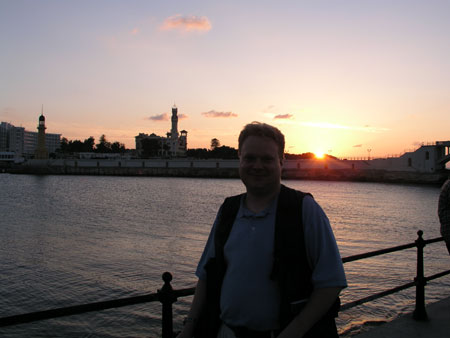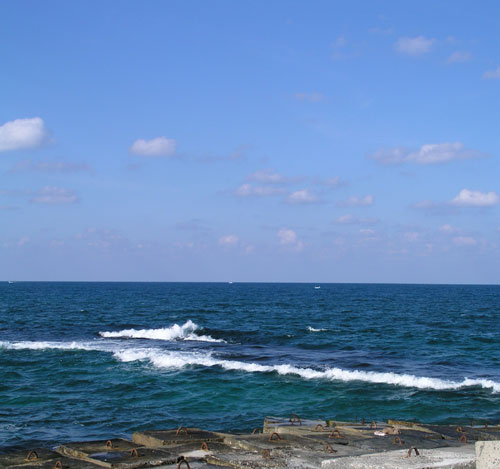
Jarl was very impressed by Alexandria and the Mediterranean Sea. It was the first time he had see the Mediterranean, and he had the same reaction both Mike and I had when we first saw it - surprise at its incredibly dark blue color. His comment about the pictures - "That's not color corrected! It really was that blue."
You can find information about Alexandria on line. I found a nice overview at http://ce.eng.usf.edu/pharos/alexandria/, which provided the following overview of the city:
"The second largest city and the main port of Egypt, Alexandria was built by the Greek architect Dinocrates (332-331 BC) on the site of an old village, Rhakotis, at the orders of Alexander the Great. The city, immortalizing Alexander's name, quickly flourished into a prominent cultural, intellectual, political, and economic metropolis, the remains of which are still evident to this day.It was the renowned capital of the Ptolemies, with numerous monuments. It was the site of the Lighthouse, one of the Seven Wonders of the Ancient World, as well as the Great Library. It was along these shores that history took a tragic turn at the time of Cleopatra, Julius Caesar, Mark Antony, and Octavian.
Alexandria lies north-west of the Nile delta and stretches along a narrow land strip between the Mediterranean Sea and Lake Mariut (Mareotis). It is linked to Cairo by two major highways and a railroad line. It is one of the most notable summer resorts in the Middle East, for, in addition to its temperate winters, its beaches, with white sands and magnificent scenery, stretch for 140 km along the Mediterranean Sea, from Abu Qir, in the east to Al-Alamein and Sidi Abdul Rahman, in the west. "

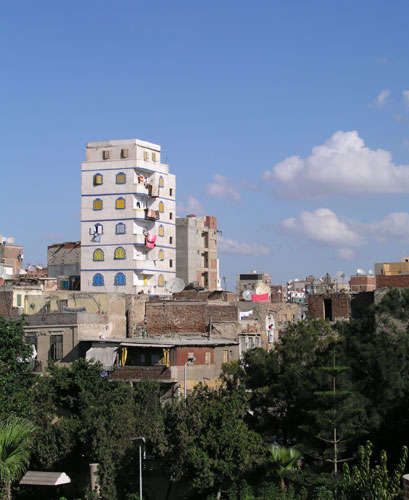
This fort was built on the site of the original Lighthouse of Alexandria - Jarl said that it was rumored to have been built using the pieces of the lighthouse; however, that has turned out to be an urban legend.

Due to its affiliation with Greece, there is a bit of Greek art in Alexandria.
From http://ce.eng.usf.edu/pharos/Alexandria/Tourist/see.html
"Mistakenly named so in the Middle Ages, this granite pillar is over 25 meters high. Built amidst the ruins of the Serapium in AD 297 AD in honor of Emperor Diocletian, it is the most prominent remaining Greek landmark in Alexandria."

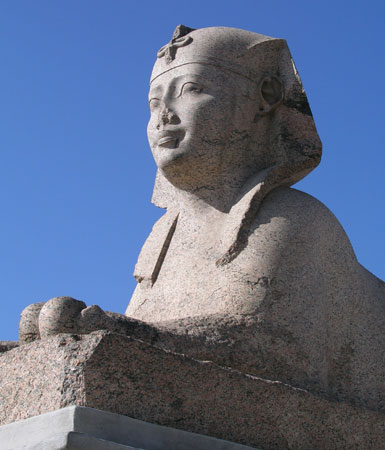
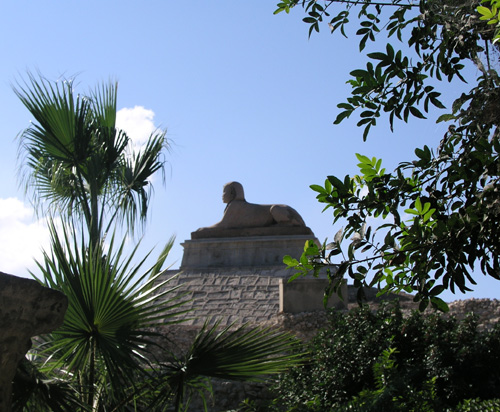
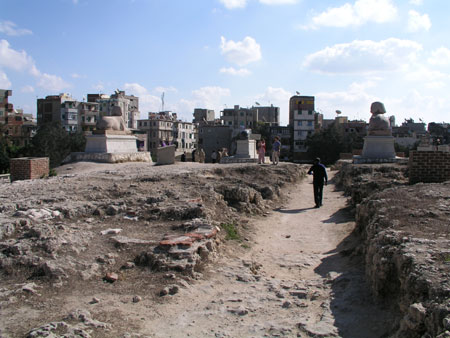
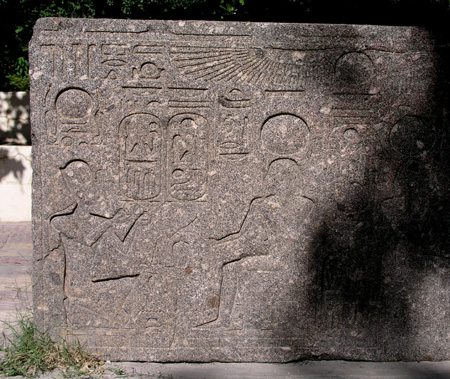
Jarl visited the art museum where he found:
A statue of Alexander the Great, which at one time, would have had glass eyes:
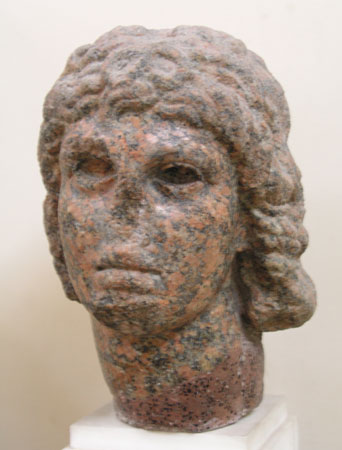
A Greek rendition of the Egyptian goddess, Isis:
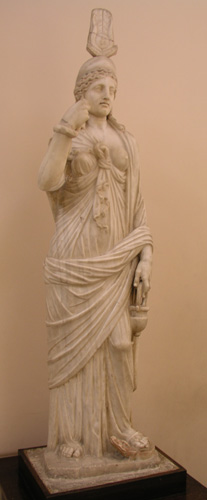
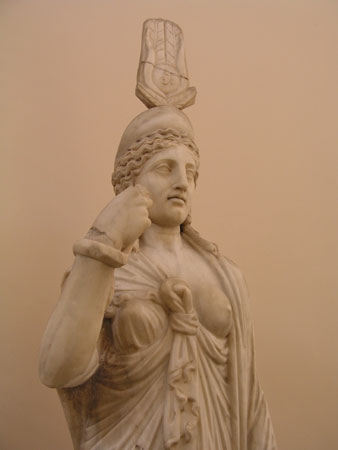
A painting of an Egyptian queen, rumored to have really looked like that due to a medical disorder:

Due to a fluke with the flash on the digital camera, Jarl was able to get what looks like a double-exposed picture of an Egyptian woman near a staircase in the catacombs. (Don't worry - it wasn't because of ghosts! Mike spent a bit of time recreating the effect.)


